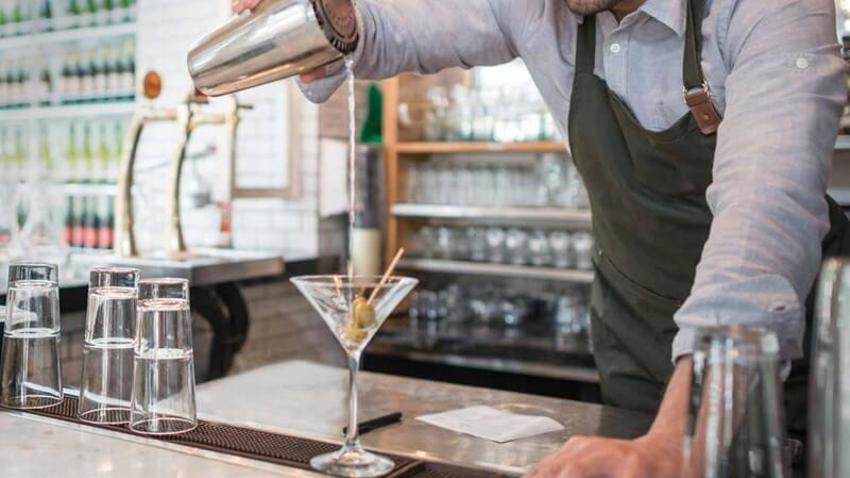
Vodka doesn't often get the attention it truly deserves. Perhaps this is due to the extensive nature of its production, or perhaps it is due to a perceived lack of complexity. Either way, vodka continues to be the most commonly consumed spirits category in the UK by a significant margin. It accounts for a third of On-Trade spirit business with more than 11million regular drinkers1.
Perceptions of vodka have been challenged in recent years by the rise of the super-premium vodka brand. Today, Grey Goose, Belvedere and Ketel One are shaping the market. Premium vodka accounts for a staggering 21% of the total sales value in the On-Trade and the sub-category is growing at 4.3%2.
Shervene Shahbazkhani, Head of UK Advocacy at Grey Goose has been talking to us about the rise of the super-premium brands. “Like all trends and fashions, they go in circles,” Shervene says, “gin has experienced a craze and resurgence over the last 10 years but vodka is becoming a favourite amongst bartenders once again. To quote Jeffrey Morganthaler, ‘Let’s face it: none of us who know what we’re talking about ever hated vodka, we just hated hearing and having to talk about vodka all the time. There are fewer pleasures greater than a frozen glass full of ice-cold, rich, creamy vodka placed between yourself and a towering Olympus of chilled shellfish. I know it, you know it, and your guests know it. Welcome back, vodka.’”

“I think perceptions of vodka have changed in recent times because bartenders are appreciating the subtle differences in well-crafted vodkas,” says Shervene, “bartenders are looking at how they can add small modifiers to bring out different flavours – some of my favourite classics like The Gypsy Queen and The Flame of Love only require small amounts of Benedictine and Fino Sherry respectively in order to create beautiful, delicate yet complex classics”.
In an article from late last year, we looked at the different flavour profiles present in vodka. The perception that vodka is a flavourless spirit may ring true; the addition of mixers often mask any flavour characteristics. Flavour differences are slight but distinct with the spirit - certainly a far cry from the mantra that all vodka tastes the same. Brands use differences in the production process to add different subtle flavours and mouthfeel to their vodka which differentiates products from one another.
“Vodka is an extremely adaptable and versatile spirit and therefore can be drunk in a variety of ways,” adds Shervene, “some of the world’s most popular cocktails are made with Vodka, such as the Espresso Martini, Bloody Mary and the new modern-day classic, the Porn Star Martini. There are also premium vodkas on the market that have been rested in barrels to give the liquid a smoother taste to be enjoyed neat”.

“Licensees need to have a range to suit everyone and remember that premium and super-premium lines are a way to add higher value sales to their outlet. Customers are willing to trade up and spend more, so offer them an opportunity to do so. Adding a super-premium spirit and mixer to the menu or adding a premium vodka to your cocktail offering is a great way to increase gross profit”.
“Standard vodka sales are declining by 2.7% in the On-Trade, growth in the category is coming from premium and super-premium value sales,” notes Grey Goose's Shervene, adding that “this is well placed to continue with the great brands available”. Premium and super-premium vodkas cannot be ignored. The star spirit of the 90’s is quickly returning to public-consciousness and this time, it’s all about taste.

